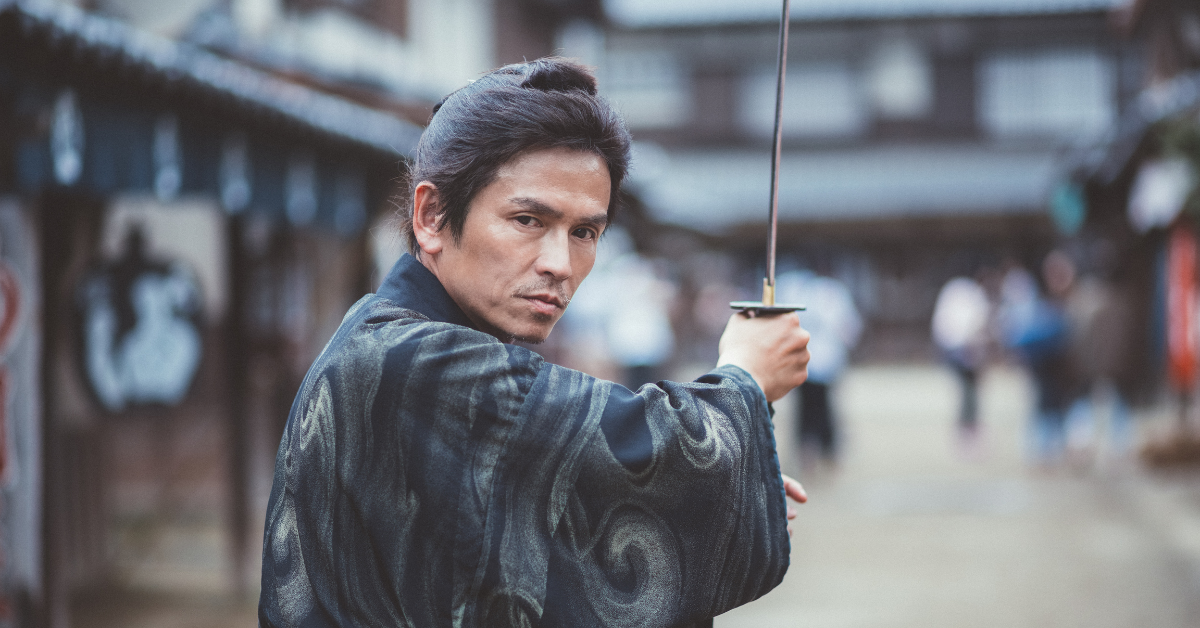The samurai were disciplined and strong, representing noble ideals. From their military prowess to their unwavering dedication, they embodied the unbeatable spirit of feudal Japan.
Their history and culture spanned over a thousand years and continue to influence the modern world we now live in.
Read on to explore the rise and power of the samurai, their code of conduct, and the arts and culture that defined their way of life.
Key Takeaways
- Samurai emerged as a skilled warrior class in Japan in the 8th and 9th centuries. They were responsible for defending large landholdings of feudal lords.
- The rise of the samurai was influenced by different shogunates and clans. The Genpei War solidified their status as a dominant military force.
- Samurai adhered to the code of conduct known as Bushido. The code dictated their actions and behavior.
- Samurai were highly skilled in martial arts and trained in disciplines such as swordsmanship and archery. They dedicated their lives to honing their skills and mastering combat.
Historical Origins of Samurai
The historical origins of samurai can be traced back to the eighth and ninth centuries in Japan’s Heian period.
During this time, the need to defend large landholdings led to the rise of the samurai class. The samurai were skilled warriors who were trained in military tactics and strategy. They were associated with a clan and their lord, and their loyalty to their lord was of utmost importance.
The samurai were guided by a code of conduct known as Bushido, emphasizing honor, loyalty, and courage. They were known for their skills in using the katana, a traditional Japanese sword. But they were also proficient in various weapons and martial arts skills, such as archery and jujutsu.
The samurai played a significant role in the feudal society of Japan, serving as the military elite under the rule of the daimyo and shogun.
Throughout history, different shogunates, such as the Kamakura, Ashikaga, and Tokugawa shogunates, shaped the power and influence of the samurai class. The rise of the samurai marked a period of feudalism in Japan, with the samurai serving as the ruling class.
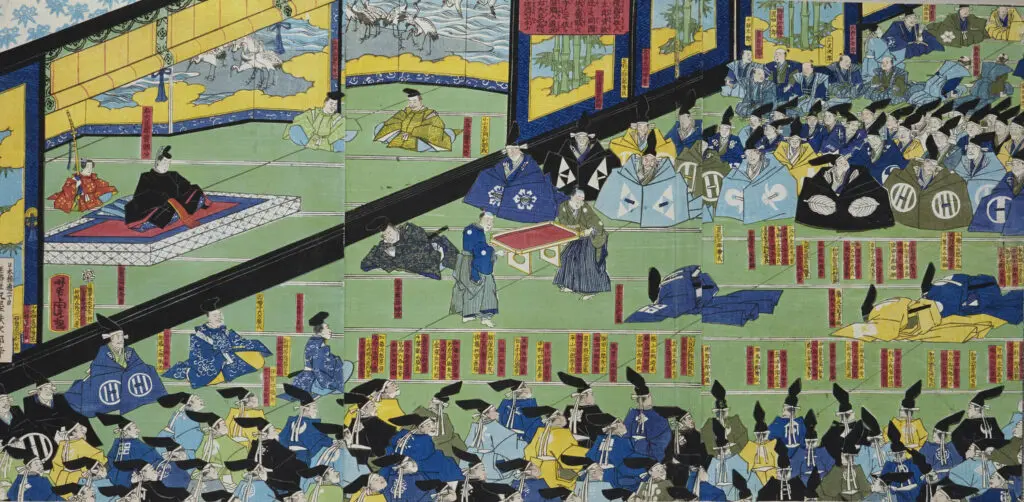
Rise and Power of the Japanese Warriors
The samurai class emerged during the late Heian period, with the Minamoto and Taira clans playing significant roles in their formation.
These two clans clashed in the late 12th century, known as the Genpei War. The war solidified the samurai’s status as the dominant military force in Japan.
After his Genpei War victory, Minamoto no Yoritomo formed the Kamakura Shogunate. It was Japan’s first military government. The samurai’s role expanded beyond military duties to land stewardship and administration.
Later, during the Edo period (1603–1868), the Tokugawa shogunate established a strict social hierarchy, with the samurai class at the top.
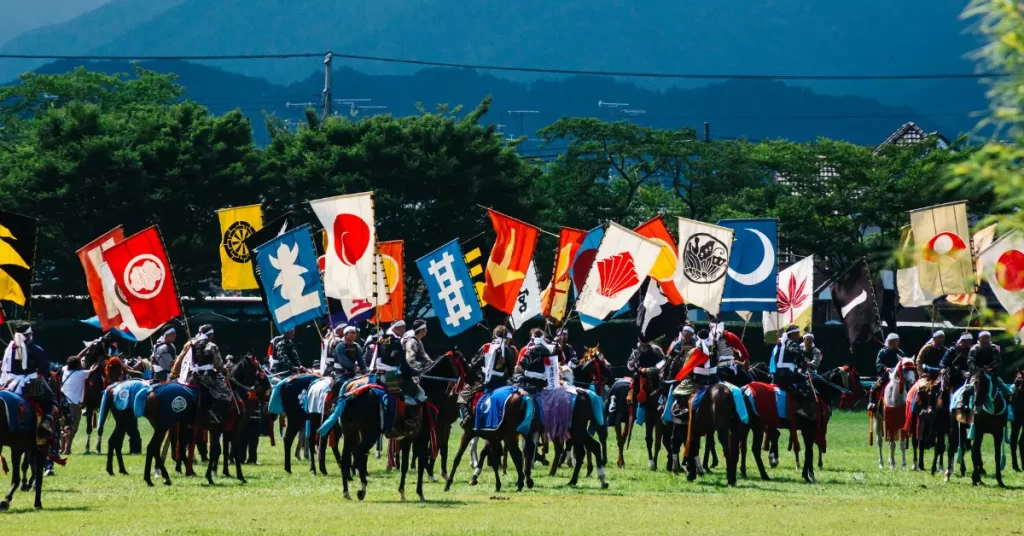
Code of Conduct of the Samurai Warrior
Samurai Philosophy
A critical aspect of the samurai’s identity was adherence to a distinct code of conduct known as Bushido. This code emphasized values such as honor, loyalty, and bravery. Samurai were expected to uphold these principles in all aspects of their lives, whether in battle, within their samurai family or clan, or in their interactions with others.
The code of Bushido also dictated the samurai’s behavior in times of defeat or dishonor. In such cases, ritual suicide, known as seppuku, was seen as an honorable alternative to preserve one’s honor.
While samurai were highly respected and held a privileged position within society, not all could maintain this status. Ronin, or masterless samurai, often found themselves outside the traditional social structure. They were forced to navigate life on their own.
The warrior culture of the samurai is still celebrated today in various forms. This includes the jidaigeki (period dramas), the study of martial arts, and the preservation of samurai armor.
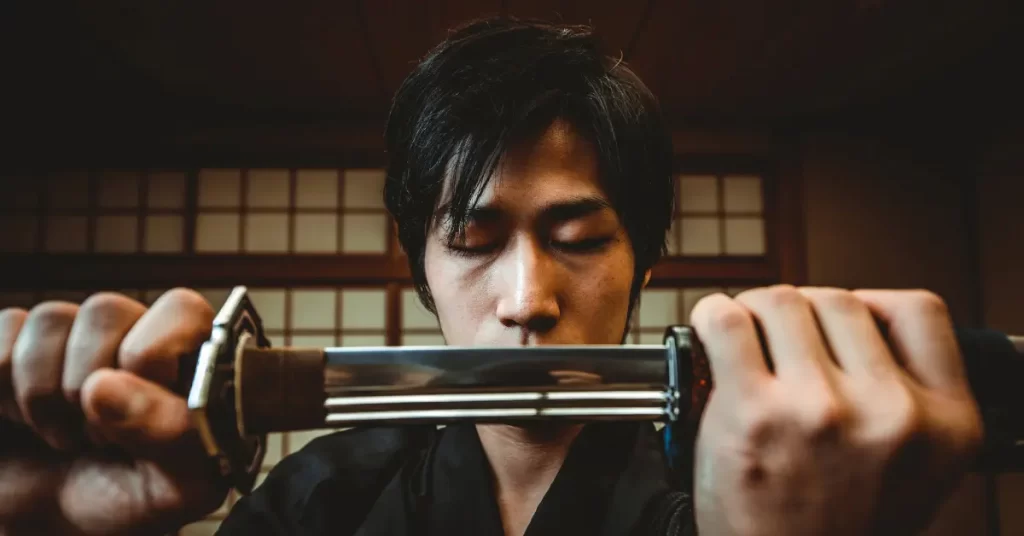
Military Skills and Training
Samurai were highly skilled in various martial arts, such as swordsmanship, archery, and horseback riding. They dedicated their lives to honing their skills and mastering the art of combat.
One of the many prominent samurai who exemplified this dedication was Miyamoto Musashi. He was a legendary swordsman who wrote the renowned Book of Five Rings.
The samurai training emphasized discipline, physical fitness, and mental fortitude. They were taught to be fearless in battle, to prioritize honor and loyalty above all else, and to uphold the principles of Bushido (the way of the warrior).
Through rigorous training, the samurai became formidable warriors and guardians of their clans and lords.
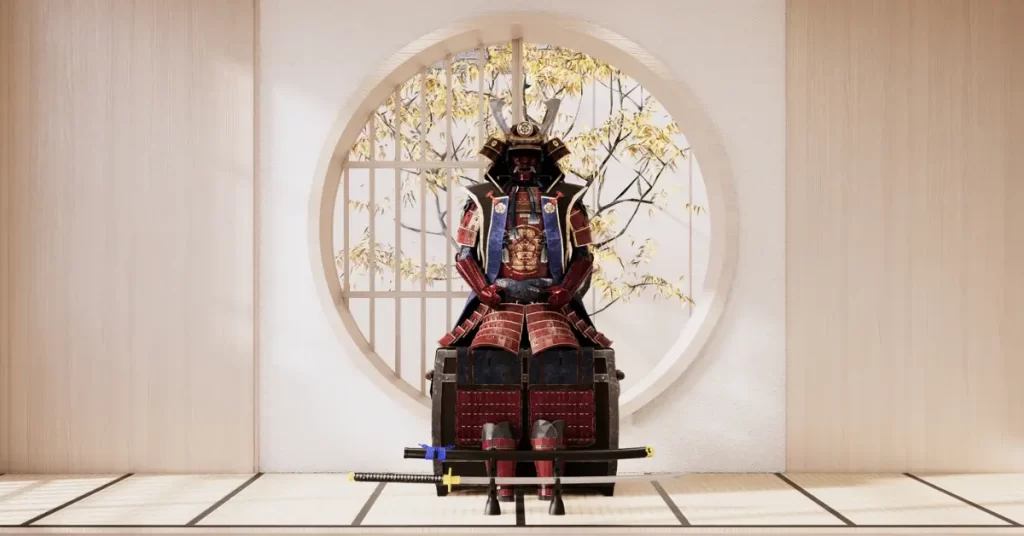
Arts and Culture of Japanese Samurai
The samurai developed a disciplined culture that was distinct from the imperial court. It gave rise to the creation of various Japanese arts. Two notable examples are the tea ceremony and flower arranging (Ikebana). Both practices required precision, patience, and a deep appreciation for beauty.
The bushido code influenced their artistic pursuits as well. Samurai sought to express these values in poetry, calligraphy, and painting.
Today, you can explore their fascinating culture by visiting museums and theme parks that recreate towns from the feudal era.
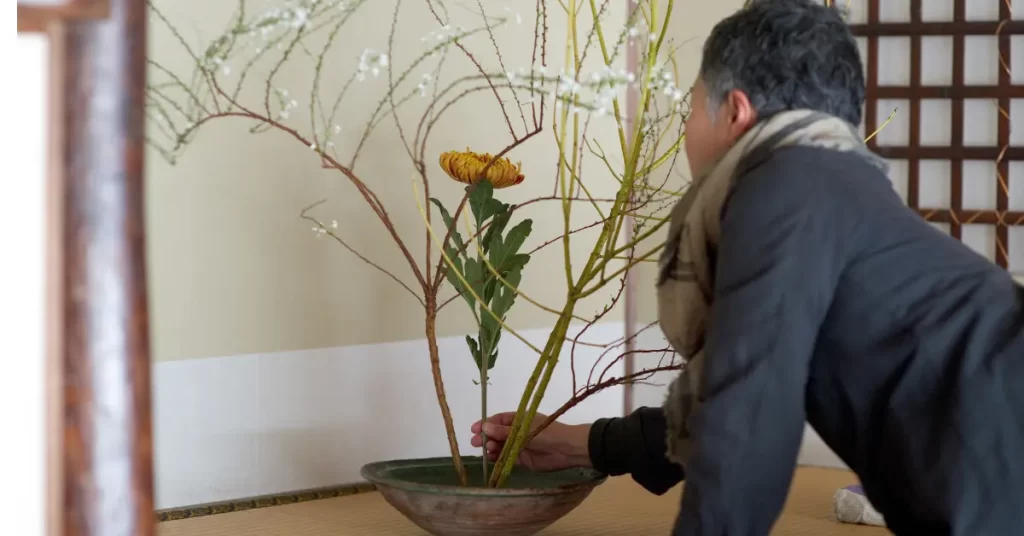
Decline and Transformation
The Meiji Restoration of 1868 brought about the end of samurai dominance and the modernization of Japan.
The development of a modern military replaced the samurai’s role as warriors. Many samurai transitioned into new government, bureaucratic, and business roles. Others found themselves unemployed and struggling to adapt to a changing society.
The decline of the samurai class marked the end of an era and the beginning of a new chapter in Japanese history.
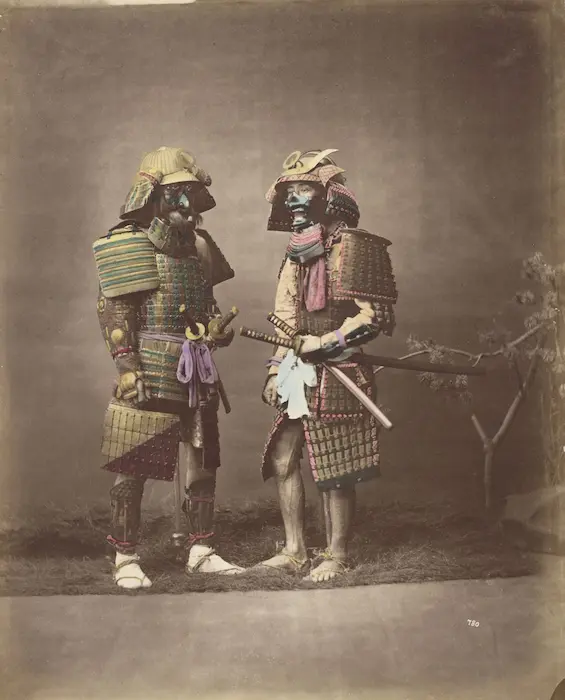
Legacy
Even as centuries passed, the legacy of the samurai continues to resonate in modern Japanese society.
The teachings and principles of the samurai are still valued and practiced in modern Japanese martial arts. The Bushido continues to impact social and cultural norms, promoting virtues like courage and self-discipline. The memory and weaponry of the samurai also hold a prominent place in Japanese popular culture.
Samurai films and literature remain popular worldwide and ensure their legacy lives on.
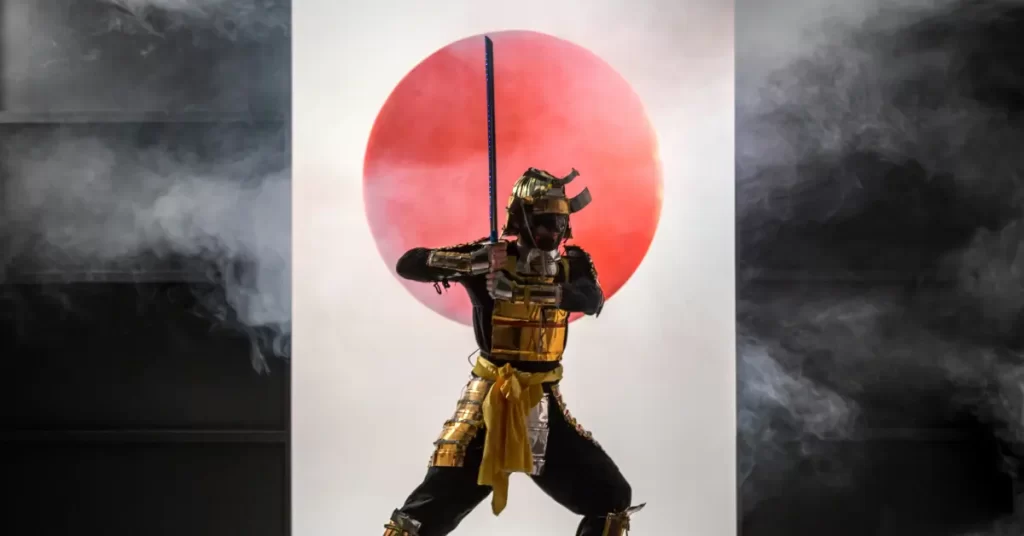
Frequently Asked Questions
What is a Samurai?
A samurai was a respected warrior class who initially served as military retainers to nobility in feudal Japan. They are known for their strict adherence to the warrior code called Bushido. The code emphasized loyalty, martial arts skills, and honor.
Samurai have significantly shaped Japan’s history and culture, and their influence remains today.
What Are the 8 Principles of Samurai?
The 8 principles of the samurai are Righteousness, Courage, Compassion, Respect, Honesty, Honor, Loyalty, and Self-control. These virtues were crucial to their code of conduct, known as Bushido, and guided their actions and behavior.
When Were Samurai First Introduced?
Samurai were first introduced in the eighth and ninth centuries as a response to the need to defend large landholdings. They were skilled warriors who played a significant role in Japanese history.
How do modern martial arts reflect the legacy of the samurai?
Modern martial arts like Kendo, Judo, and Aikido are influenced by samurai techniques and philosophy. They emphasize discipline, respect, and self-improvement, reflecting the bushido spirit.
What was the daily life of a samurai like?
Samurai’s daily life varied depending on their status and period. Generally, it involved martial training, administrative duties, and participation in cultural activities like tea ceremonies and calligraphy. They also engaged in farming or other tasks during peacetime.
What are common misconceptions about samurai?
One misconception is that samurai were always honorable; their behavior varied greatly. Another is that they primarily used swords; other weapons like bows and spears were often more important in warfare.

